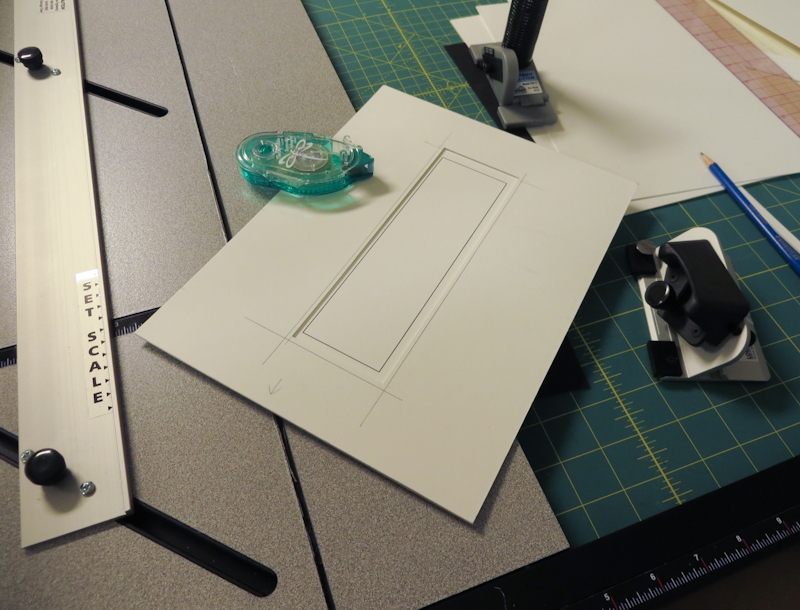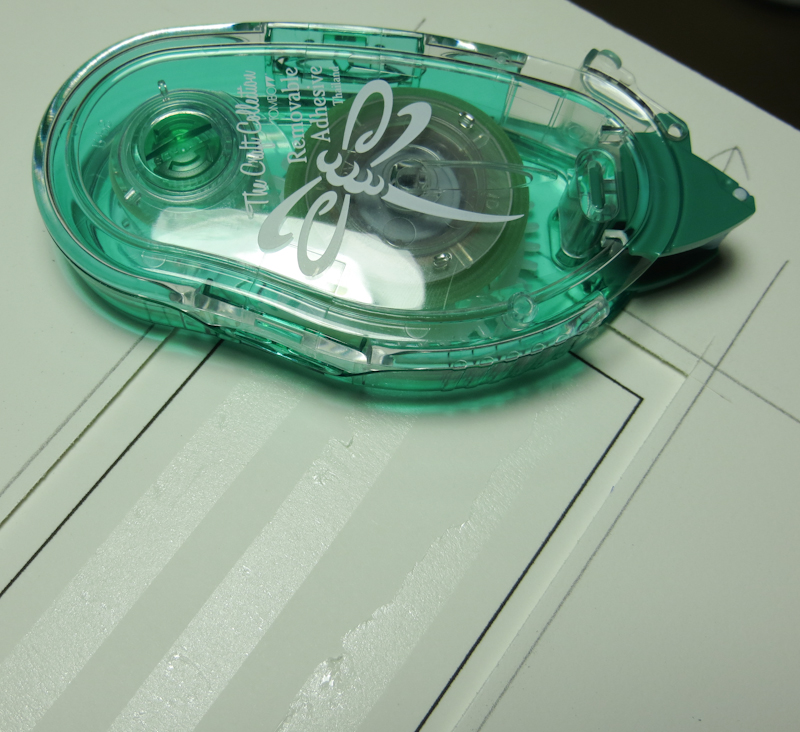In my earlier ImagOn direct-to-plate experiments, I managed to print an aquatint pattern with sufficient density by running my plate through the front slot of an Epson 3880 printer. The dot structure in the matrix looked fantastic, but it was interrupted by streaks which I determined were the result of the print head striking the plate.
When I printed the plate, I set the platen gap to the maximum, but for some reason this wasn’t sufficient the prevent the head strikes. It turns out the problem was in the design of the plate carrier.
One of the nice things about ImagOn is that it is transparent. Transparency allows one to spot inking and wiping problems by holding the plate up to the light and it helps in registration when printing with the paper under the plate.
The problem with transparency is that the Epson 3880 uses an optical sensor to detect the paper, and it can’t see the plate because it is transparent. The solution is to attach the plate to some sort of an opaque carrier. Some people just use a sheet of paper.
For my first attempt, I constructed a carrier with a window mat on top and a piece of cardstock on the bottom. The plate was held firmly in place inside the window with some Tombo removable adhesive strips.
The Epson 3880 specifications allow a maximum paper thickness of 1.5mm. With this in mind, I chose to make my first carrier out of Strathmore 400 4-ply Bristol and Epson Brochure and Flyer Paper. The combined thickness is about 1mm, and well under the limit for the Epson printer. The problem is that the Bristol is 0.030″ thick – the same thickness as the polycarbonate plates. When the plate sits on top of the adhesive strips, a portion of the plate and the ImagOn emulsion protrude above the surface of the carrier, just begging for a head strike. Any warping in the plate will only make matters worse.

This carrier is too thin. The ImagOn plate protrudes above the surface of the carrier, increasing the probability of a head strike.
Today I tried a thicker plate design and it worked. I ended up using Crescent 4-ply mat board on the top and Strathmore 400 4-ply Bristol on the bottom. This carrier has a total thickness of 2.25mm, but it seems to work fine in the printer.

This 2.25mm carrier seems to work fine in the Epson 3880 front feeder and it eliminates head strikes.
When making the carrier, it helps to print the outline of the plate directly onto the Bristol that will become the bottom layer. Print this sheet using the front feeder so that the plate outline will be aligned correctly.
Here are some pictures of the second carrier.


